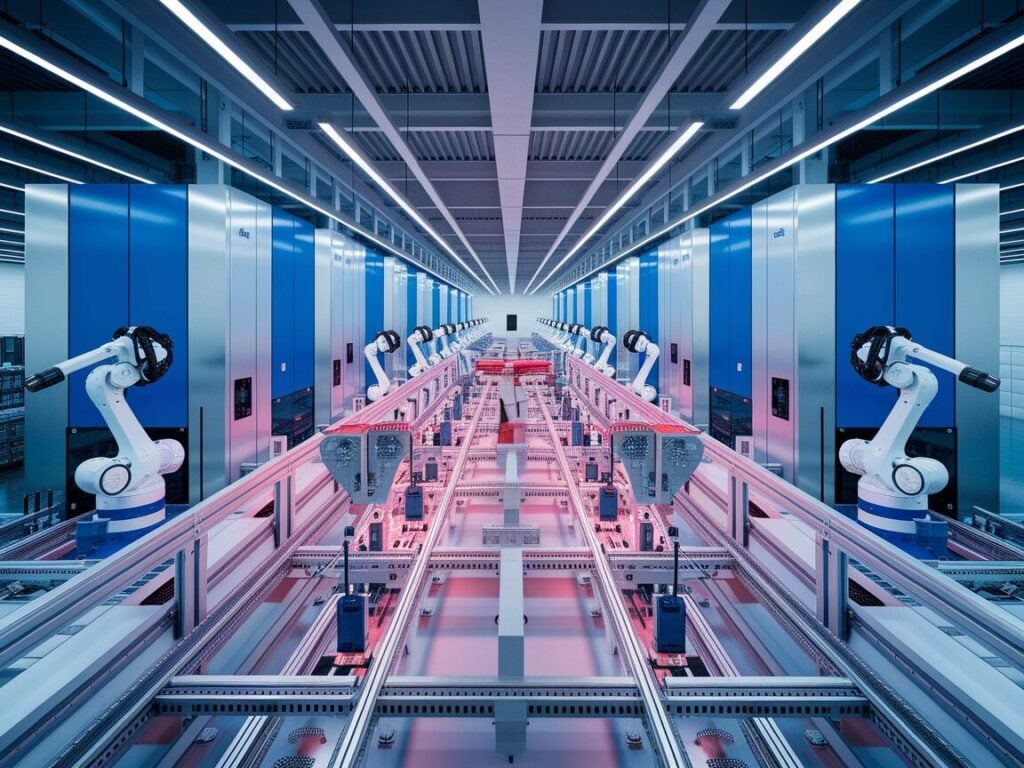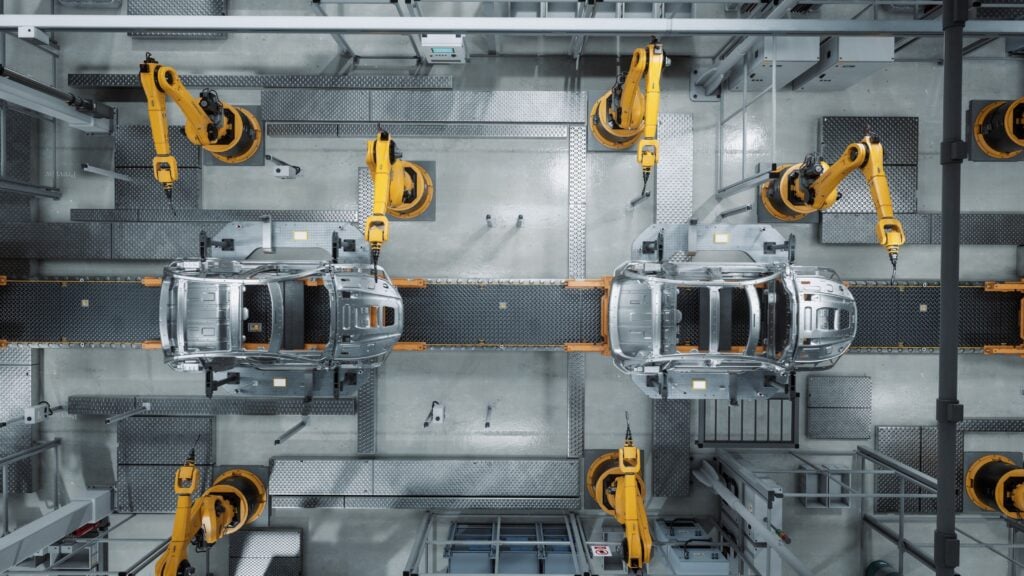The manufacturing landscape is booming, but this growth brings with it a pressing need for a skilled workforce to sustain the momentum.
The Inflation Reduction Act and CHIPS and Science Act have created significant momentum for the U.S. manufacturing industry. Over 200 projects represent $387 billion in investments and the promise of more than 131,000 new jobs. The manufacturing landscape is booming, but this growth brings with it a pressing need for a skilled workforce to sustain the momentum.
Almost 60% of manufacturers cite the “inability to attract and retain employees” as a top challenge affecting their business. It is estimated that manufacturers could need as many as 3.8 million new workers by 2033. But approximately half of those jobs could go unfilled. Dubbed “the manufacturing skills gap,” industry veterans are retiring, the next generation didn’t come in, and the current generation has different views and expectations.
So, what can be done to bring back the manufacturing workforce? First, we need to change the way potential employees see the industry. Then, we need to provide a path to acquire the necessary skills and determine the best ways to keep these valuable workers.
CHANGING THE PERCEPTION OF MANUFACTURING
The blue-collar workforce is the foundation that ensures the manufacturing wheels keep turning. Manufacturers have been working for years to change the public perception of the industry. The belief that blue-collar manufacturing jobs are less “desirable” ignores the opportunities these roles provide, including strong earning potential and digital and technical skills.
The good news is that there is a growing interest from Gen Z to pursue blue-collar careers. According to a recent survey, 50% of Gen Z say they plan to pursue trade work. On average, manufacturing workers earn $34/hour, compared to $24/hour for retail and $31.76 for other services. But there are factors other than money that Gen Z wants. Workplace flexibility and career development are just two priorities for this new generation of workers. Flexible shifts, split shifts, and shift swapping are long-standing arrangements in the manufacturing industry.
Many people are still not aware of the high-tech innovations in modern advanced manufacturing. In fact, manufacturing drives innovation, leading to 70% of research and development spending and 55% of all patents. Technological breakthroughs have given rise to “smart factories,” built on data connectivity, advanced analytics, automation, and advanced engineering. These advances reduced repetitive tasks, allowing for greater productivity, which helped address the labor shortage.
But as manufacturing technology has advanced, there is a greater need for a digitally connected workforce. Working with AI, predictive analytics and collaborative robotics will drive new efficiencies and innovations and provide valuable transferable skills. To thrive in this age of advanced technology, companies must ensure that their employees have the necessary skills.

We can help you find the best talent! Contact us today
RE-EVALUATING THE APPROACH TO HIGHER EDUCATION
Part of the manufacturing skills gap could be attributed to the absence of shop classes in American high schools. These hands-on learning experiences exposed students to a wide variety of tools and skills and helped make connections between theoretical knowledge and practical application.
With the passage of the No Child Left Behind law in 2002, student achievement was measured through annual standardized tests focused on math and reading. Those test results were used to evaluate school performance, teacher performance, and school funding. Funding for non-core classes such as woodworking, auto shop, and mechanical drafting dried up as schools prioritized sending students on to a four-year-degree college program.
Some are now questioning the value of those degrees and the high cost of student loans. Schools are returning to those classes that provide training for technical jobs. More emphasis is being placed on vocational and technical schools, community colleges, and apprenticeships. Registrations in vocational-focused community colleges rose 16% in fall 2023.
Parents need to rethink the long-standing belief that a four-year degree is the best path to success. Gen Z is more conscious of financial constraints, with the costs of housing, healthcare, and other essential expenses outpacing wage growth. Trade schools and vocational training programs are viable education paths for young people looking for well-paying, meaningful jobs.
ENGAGING TO RETAIN THE CURRENT WORKFORCE
There is a shortage of potential candidates applying for positions, whether skilled or unskilled, and manufacturers need to retain the valuable talent they have. At the same time, the digital transformation through technologies is creating a mismatch where just 30% of front-line manufacturing workers have the skills to meet the evolving needs of manufacturing.
Skill requirements are evolving and are spread between technical manufacturing skills, digital skills, and soft skills. There is a strong connection between digital and soft skills. Critical thinking skills are necessary to process the data gathered from interconnected machines and to evaluate the outputs from AI tools. Tuition reimbursement programs for certifications can help workers acquire crucial technical mechanical skills. These competency-focused programs offer a personalized curriculum tailored to specific skill sets.
If provided with the opportunity for development, existing employees are often eager to enter new job positions in the company. Cultivating the required skills in those employees will allow them to specialize in specific processes and special equipment. Employees who believe they can acquire the necessary skills for their future are almost three times less likely to leave their current company. The investment in upskilling and reskilling benefits both the employee and the organization.
THE FUTURE OF DOMESTIC MANUFACTURING
Domestic manufacturing is critical to our economy. Today, the manufacturing sector represents only 11% of U.S. GDP and 8% of direct employment, but it drives 20% of our country’s capital investment, 30% of productivity growth, and 60% of exports.
Outsourcing resulted in a loss of manufacturing skills in the U.S. As businesses take advantage of federal funding and tax credits to re-shore manufacturing operations, the blue-collar sector is poised to play a central role in reinvigorating domestic production and ensuring national security.
Modern manufacturing needs to be viewed as a STEM-powered career choice, bringing transferable skills and career opportunities. Clean energy technology, robotics, advanced analytics, cybersecurity, and AI are just a few of the elements driving change that will define the industry for decades to come.
ARTICLE BY: Fast Company Executive Board | Mike Judd, CEO and President of Stryten Energy | Published: 01/15/2025






